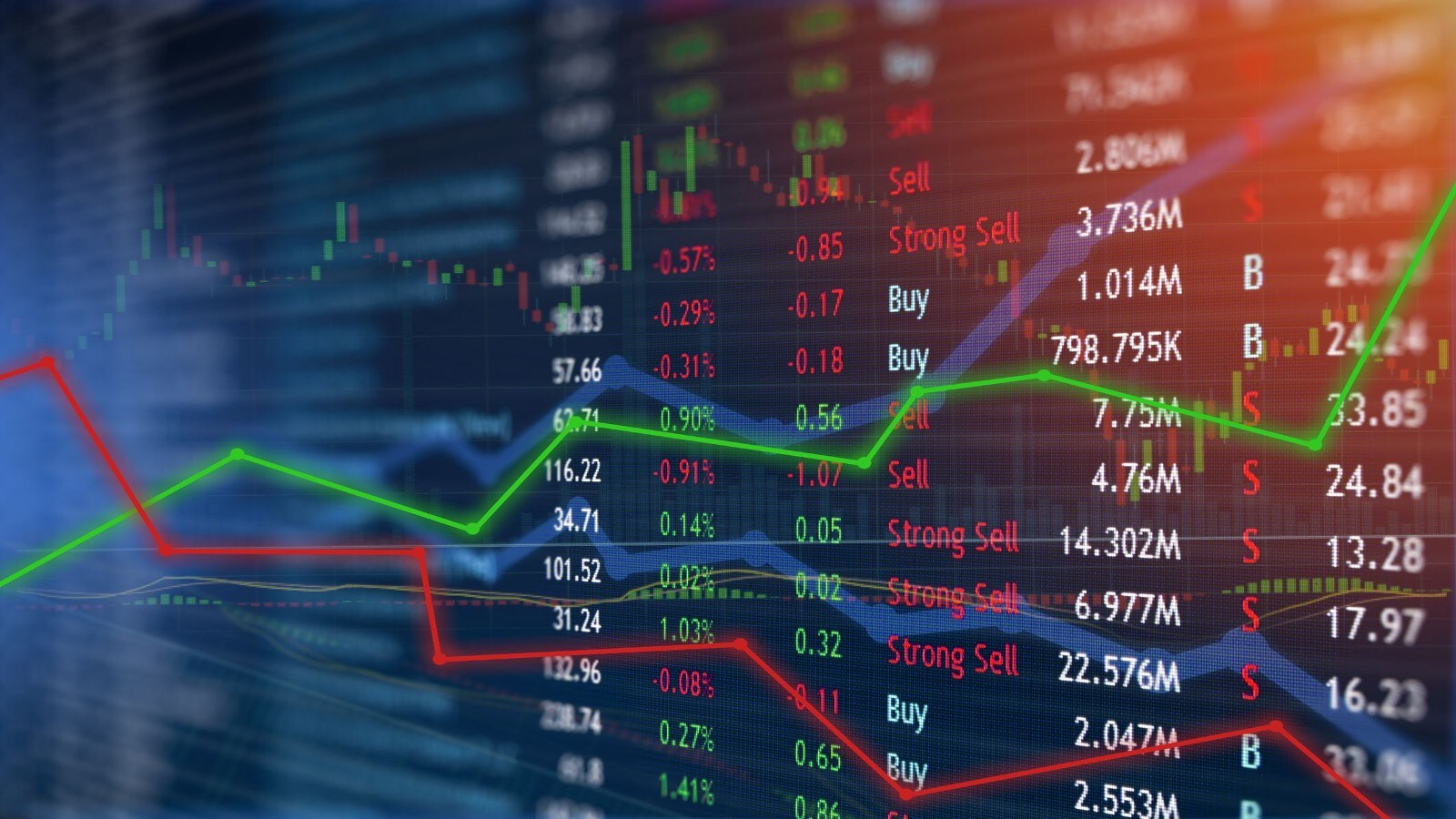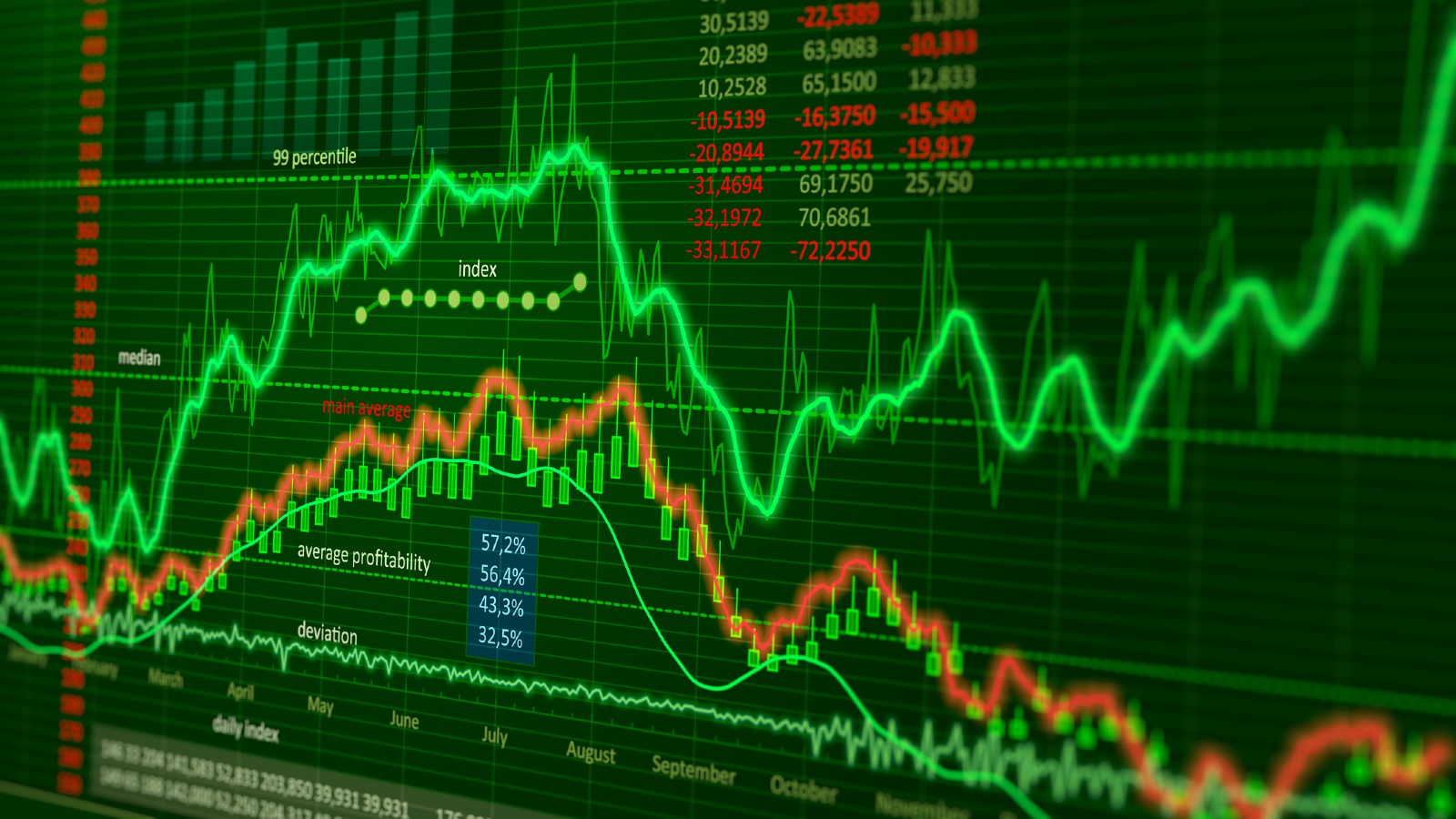A Top Wall Street Strategist’s Bullish Outlook for 2014
Savita Subramanian is head of U.S.

Savita Subramanian is head of U.S. Equity and Quantitative Strategy at BofA Merrill Lynch Global Research.
Kiplinger’s: What’s your market outlook for 2014?
Subramanian: We’re looking for a 10% increase in stock prices. Assuming dividend yields remain in the same ballpark, as they have over the past couple of years, that’s a 12% to 13% total return.

Sign up for Kiplinger’s Free E-Newsletters
Profit and prosper with the best of expert advice on investing, taxes, retirement, personal finance and more - straight to your e-mail.
Profit and prosper with the best of expert advice - straight to your e-mail.
The bull market is approaching five years old. What will drive it forward? We get this question a lot. The duration of the bull market doesn’t matter. It’s the contours of economic growth and Federal Reserve policy. We’ve been in a fairly protracted early-stage bull market, which is characterized by easy monetary policy as the Fed tries to stimulate growth. Normally, the early cycle lasts a year or two. This time, it has been longer, and it will continue until the Fed withdraws stimulus. That’s typically the precursor to the middle stage of the bull market. We’re looking for the Fed to begin modestly tapering its bond-buying program in the first quarter.
What happens then? The market typically does quite well during the period of time after the easy money goes away but before the Fed starts to tighten. The market will continue to go up, but the leadership will transition to the most GDP-sensitive areas of the market, such as technology, industrials and energy. Leadership has recently been in stocks that benefit from easy credit early in a recovery, such as financials and companies that sell non-necessities to consumers.
Isn’t the market starting to look expensive? We’ve seen values rise significantly, and the market looks more expensive than it has since the credit crisis. But it’s far from stretched. We recently looked at 15 measures of value, including price relative to earnings and to book value (assets minus liabilities), and stock prices relative to bond yields and commodity prices. By almost every measure, the market looks fairly priced or undervalued relative to history. Also, in an environment in which the economy is starting to accelerate, the market normally looks more expensive because corporate earnings are about to accelerate, too.
Earnings growth has been anemic lately. But over the past several years, a lot of earnings growth has been manufactured by cost-cutting. At a certain point, the economy does better and demand comes back. Now, we’re at the beginning of sales-driven earnings growth.
What themes do you see playing out in the market in 2014? One is the “Great Rotation” out of bonds and into stocks. I would argue that we haven’t seen it yet. It’s been more of a trickle. Over the past few months, we’ve seen investors take a little more risk, but we’re still in fairly skeptical territory.
Where should investors put their money now? Look for areas that do well when the economy picks up and that can withstand a rising interest-rate environment. We especially like large-company stocks in the tech, industrial and energy sectors. We also favor globally diversified companies. Normally, you pay a premium for those stocks versus stocks that just sell to the U.S. Today, global companies are trading at the lowest relative values we’ve seen in a decade. These companies tend to have smoother earnings, better balance sheets and global brands. Companies that fit our themes include General Electric (symbol GE, $27), Microsoft (MSFT, $36), ExxonMobil (XOM, $90), Apple (AAPL, $520) and 3M (MMM, $126).
What would turn you bearish on the market? If economic data were to come in weak and the Fed had to keep easing—we’ve seen this movie before—then our sector calls might not be right, although we think the market overall would continue to rise. I’d also worry if we stayed in corporate-paralysis mode. Companies have been sitting on cash and not spending their capital, and they’re the machines that can generate significant growth. The other worry is that we might get too euphoric on the stock market. We’d turn bearish if we heard everyone and their brother talking about stocks.
Get Kiplinger Today newsletter — free
Profit and prosper with the best of Kiplinger's advice on investing, taxes, retirement, personal finance and much more. Delivered daily. Enter your email in the box and click Sign Me Up.

Anne Kates Smith brings Wall Street to Main Street, with decades of experience covering investments and personal finance for real people trying to navigate fast-changing markets, preserve financial security or plan for the future. She oversees the magazine's investing coverage, authors Kiplinger’s biannual stock-market outlooks and writes the "Your Mind and Your Money" column, a take on behavioral finance and how investors can get out of their own way. Smith began her journalism career as a writer and columnist for USA Today. Prior to joining Kiplinger, she was a senior editor at U.S. News & World Report and a contributing columnist for TheStreet. Smith is a graduate of St. John's College in Annapolis, Md., the third-oldest college in America.
-
 Stock Market Today: Stocks Gain on Tech, Auto Tariff Talk
Stock Market Today: Stocks Gain on Tech, Auto Tariff TalkThe Trump administration said late Friday that it will temporarily halt tariffs on some Chinese tech imports.
By Karee Venema
-
 Sam's Club Plans Aggressive Expansion: Discover Its New Locations
Sam's Club Plans Aggressive Expansion: Discover Its New LocationsSam's Club expansion plans will open up to 15 new stores each year. Learn where they plan to open in 2025.
By Sean Jackson
-
 Is GE Aerospace Stock Still a Buy After Earnings?
Is GE Aerospace Stock Still a Buy After Earnings?GE Aerospace stock is higher Thursday after the industrial firm topped analysts' fourth-quarter expectations and issued a strong full-year outlook. Here's what you need to know.
By Joey Solitro
-
 Stock Market Today: Stocks Struggle for Direction as Earnings Roll In
Stock Market Today: Stocks Struggle for Direction as Earnings Roll InWhile General Motors stock soared after earnings, GE Aerospace and Verizon slumped.
By David Dittman
-
 The Best Growth Stocks to Buy
The Best Growth Stocks to BuyGrowth stocks can create significant returns for investors, but what are they and how do you find the best ones? We take a closer look here.
By Kyle Woodley
-
 Stock Market Today: Stocks Waver On Final Day of a Stellar First Quarter
Stock Market Today: Stocks Waver On Final Day of a Stellar First QuarterMarkets went into the long holiday weekend with something of a whimper.
By Dan Burrows
-
 As General Electric Sets Spinoff, Old GE Name Is Going Away
As General Electric Sets Spinoff, Old GE Name Is Going AwayGeneral Electric will no longer be known as GE, but investors needn't fret.
By Dan Burrows
-
 Best Stocks of the Bull Market: Buy, Sell or Hold?
Best Stocks of the Bull Market: Buy, Sell or Hold?Wall Street's ratings on the best performing stocks since the bear-market bottom just might surprise you.
By Dan Burrows
-
 Stock Market Today: Solid 3M Earnings Help Dow Extend Win Streak
Stock Market Today: Solid 3M Earnings Help Dow Extend Win StreakThe blue chip index closed higher for a 12th straight day as Dow stock 3M rallied on a Q2 earnings beat.
By Karee Venema
-
 Best Banks for High-Net-Worth Clients
Best Banks for High-Net-Worth Clientswealth management These banks welcome customers who keep high balances in deposit and investment accounts, showering them with fee breaks and access to financial-planning services.
By Lisa Gerstner